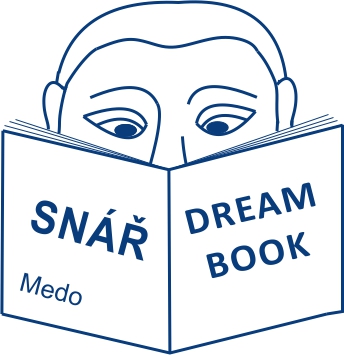The Dream Book of Self-Knowledge
- links the dreamer's current state to possible future experiences, relationships and various life scenarios; can sometimes even be a link between the individual levels (instinctual, emotional, spiritual) or in rare instances a crossing to other states of consciousness; a bridge does not always have to lead the dreamer to better states and higher quality experiences; sometimes it can be a step back or even a step to worse states.
- from a different perspective a bridge can mean the path of the conscious mind, i.e. the way the dreamer's thinking moves from one experience to another.
- it can link two antitheses, be the crossing between two periods or connect two aspects within a person (e.g. reason and emotion).
- bridge columns, pillars: if they support the bridge, they have the meaning of the bridge they are supporting; if they are standing independently or the bridge is separated from them, they are phallic symbols.
- if the dreamer notices one or two shores in the dream with the bridge, then see Shore.
- since a bridge is a transition from one state to another, a number of obstacles and symbols inevitably appear on it that show the nature of the future state or experience, though there may also appear wonderful transformations by which the unconscious rewards every curious person.
- falling: see Drawbridge.
- seeing: the possibility of a change in current life conditions.
- a long bridge: if the dreamer crosses it, then it indicates great progress in life.
- multiple bridges: multiple possible paths and multiple possible life scenarios.
- under construction: the dreamer's active work to change his current life and, in the later phases of spiritual development, his state of being.
- upon crossing the bridge the background of the dream changes dramatically (e.g. contemporary architecture turns into historic architecture): time in the unconscious does not follow a synchronous course as it does in waking consciousness, and therefore in dreams, vision and in altered states of consciousness we can return to the past (see Past and Future Visions archetype).
- wooden: serves in the unconscious to overcome certain problems, but walking or riding over it bears with it considerable risks (negative traits such as anger, irritability and hatred bring to a wooden bridge a destructive fire; uncontrolled emotions bring floods that damage or sweep the bridge away).
- stone: symbolizes the sum of important positive acts that connected two different states (two dream shores).
- being the last to cross a bridge before it is disassembled or destroyed, seeing a bridge blown up: the dreamer is definitively separated from what is on the other side; in this way resolved chapters of the path are closed.
- bridges demolished, destroyed, not existing: the dreamer does not want to change his current state of mind, which does not always mean stagnation, but sometimes destroyed bridges can guarantee rest and relaxation in obtained positions before further progress.
- building the final bridge of one's life: the dreamer's definitive departure from the earthly way of life is wedded with the attempt to find peace and tranquility in the soul (Kingdom of God).

